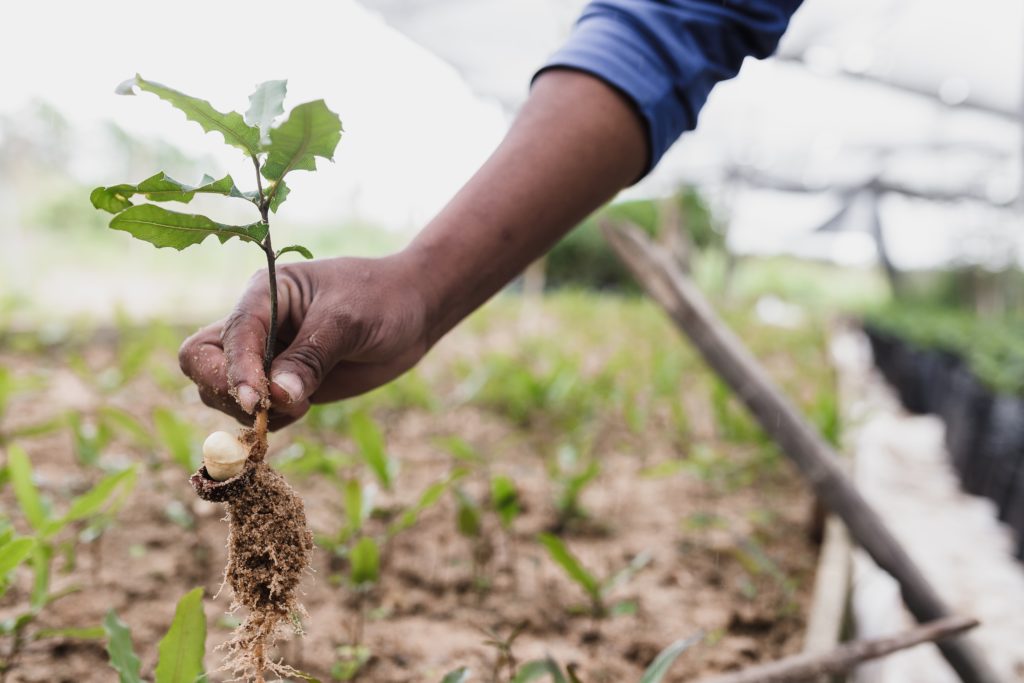According to the United States Department of Agriculture, environmental justice is defined as “the fair treatment and meaningful involvement of all people regardless of race, color, national origin or income regarding the development, implementation and enforcement of environmental laws, regulations and policies.” The Environmental Protection Agency has elaborated that the goals of environmental justice will be achieved when everyone has “the same degree of protection from environmental and health hazards, and equal access to the decision-making process to have a health environment in which to live, learn, and work.”
Historically, environmental justice as a social movement has been driven by BIPOC, low income, and other marginalized communities. The Biden Administration has acknowledged that these communities have “[born] the brunt of toxic pollution, endur[ed] underinvestment in infrastructure and critical services, and suffer[ed] disproportionate impacts from climate change.” The environmental justice movement was created to counter these inequalities. Since the movement first arose in the 1960s, states have worked to adopt laws geared toward furthering environmental justice at the state level. Many of those initial environmental justice laws were aimed at limiting the number of landfills that could be built in various communities. More recent laws involve the creation of environmental justice advisory groups that work with state agencies to ensure that new rules and regulations are crafted with environmental justice goals in mind. A new resource on the National Agricultural Law Center website has compiled all of these state environmental justice laws into one place for easy access. To view that compilation, click here.
Along with the environmental justice state law compilation, NALC has recently published a variety of resources relevant to BIPOC communities. Those resources include:
- An in-depth examination of debt relief and financial assistance provisions in the Inflation Reduction Act that are intended to provide support for agricultural borrows and underserved producers.
- An overview of the three cooperative agreement programs recently initiated by the Agricultural Marketing Service in order to improve the lives of underserved communities by promoting local and regional food systems.
- A summary of the recently proposed Packers and Stockyards Act regulation that would, among other things, limit certain actions against marginalized producers.
- A presentation given by senior staff attorney Rusty Rumley to the Arkansas Farm Service Agency on heir’s property.
